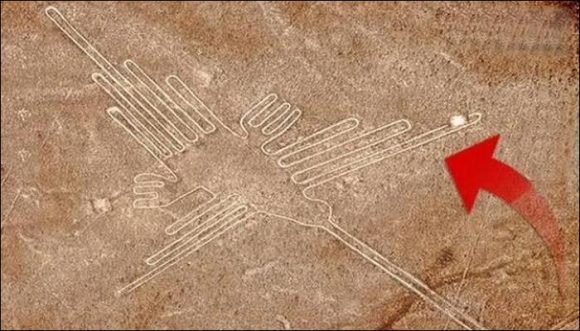The Japanese team has been researching ancient artifacts for a while and has come up with a new theory about Peru’s mysterious Nazca Lines.
The team has been researching ancient artifacts for a while and has come up with a new theory about Peru’s mysterious Nazca Lines. Nazca Lines, which can be considered as the greatest work of art in the world and whose lines are not known exactly, amazes those who see it.
These lines on the shores of the Nazca Desert and the Andes on the southern coast of Peru have left many questions in the minds of scientists. What is the secret of these lines?
Firstly, American archaeologist Paul Kosok took photographs of the ground drawings during his exploration flight over the Nazca Desert. In 1939, the first concrete evidence for the existence of lines emerged. After the lines were discovered, scientific research was quickly started to gain more information. Many theories were put forward during this period.
The first theory was put forward in 1946 by German mathematician Maria Rieche, who devoted her life to these lines. According to him, the Nazca Lines were formed by scraping the dark sand in the upper layer of the desert and revealing the light sand in the lower layer. Claims that the drawings show the position of the sun, moon and some stars …
These positions suggested that the Nazca people were used as a kind of celestial calendar in their agricultural activities. It was later claimed that these lines were originally the athletics tracks of the first Olympics in Latin America.
Astrologers said that animal shapes such as monkeys, birds and seals are a giant horoscope. According to many scientists, the civilization living in the Nazca region loved the march and these lines claimed to have emerged as a result of coincidence. But as a result of the excavations and researches made by archaeologists, many of these views were refuted.
According to a recent article by researchers from Hokkaido University in Japan, these lines consist of exotic bird depictions drawn to please the gods during the rain dance.
Visits: 104



